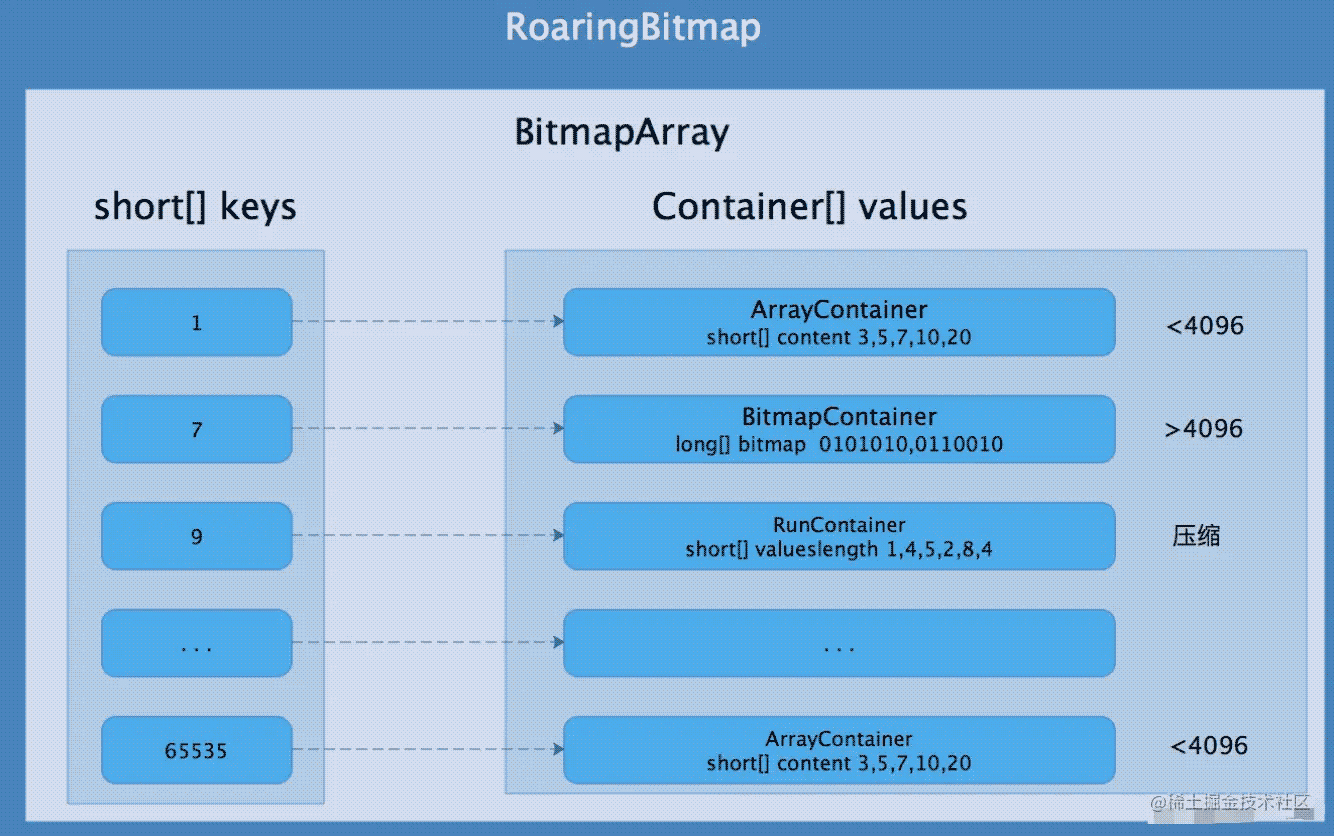雪是一种能够令人产生多种情绪的东西,当窗外那像柳絮、像芦花般的雪花,正在纷纷扬扬地从天而降的时候,当大地被雪花装饰得像铺上白色的地毯一样的时候,站在窗户边上,望着它们。
Go语言实现互斥锁、随机数、time、List
import (
"container/list"
"fmt"
"math/rand" //备注2:随机数的包
"sync" //备注1:异步任务的包
"time"
)
type INFO struct {
lock sync.Mutex //备注1:异步锁
Name string
Time int64
}
var List *list.List = list.New() //备注3:初始化List变量
func main() {
var Info INFO
go func() {
for i := 0; i < 5; i++ {
time.Sleep(time.Duration(1e9 * int64(rand.Intn(5))))//备注2:随机数rand.Intn(5)<---> 1e9为科学计数法,1 * 10的9次方
Info.lock.Lock()//备注1:上锁
Info.Name = fmt.Sprint("Name", i) //备注: Sprint采用默认格式将其参数格式化,串联所有输出生成并返回一个字符串。如果两个相邻的参数都不是字符串,会在它们的输出之间添加空格
Info.Time = time.Now().Unix() + 3
Info.lock.Unlock()//备注1:解锁
List.PushBack(Info)//备注3:List表达式调用
}
}()
go Getgoods()
select {}
}
func Getgoods() {
for {
time.Sleep(1e8)
for List.Len() > 0 {//备注3:List对象的使用
N, T := List.Remove(List.Front()).(INFO).name() //备注3:List对象的使用和value.(type)的妙用
now := time.Now().Unix() //备注4:获取当前日期转换后的时间戳
if T-now <= 0 {
fmt.Println(N, T, now)
continue
}
time.Sleep(time.Duration((T - now) * 1e9))
fmt.Println(N, T, now)
}
}
}
func (i INFO) name() (string, int64) {
return i.Name, i.Time
}
再给大家分享一个互斥锁的实例代码
package main
import (
"fmt"
"runtime"
"sync"
)
var (
counter int
wg sync.WaitGroup
mutex sync.Mutex
)
func main() {
wg.Add(2)
fmt.Println("Create Goroutines")
go incCounter(1)
go incCounter(2)
fmt.Println("Waiting To Finish")
wg.Wait()
fmt.Println("Final Counter:", counter)
}
func incCounter(id int) {
defer wg.Done()
for count := 0; count < 2; count++ {
mutex.Lock()
{
value := counter
runtime.Gosched()
value++
counter = value
}
mutex.Unlock()
}
}
以上就是Go语言如何实现互斥锁、随机数、time、List。你相信神吗?我信,我就是神!更多关于Go语言如何实现互斥锁、随机数、time、List请关注haodaima.com其它相关文章!





